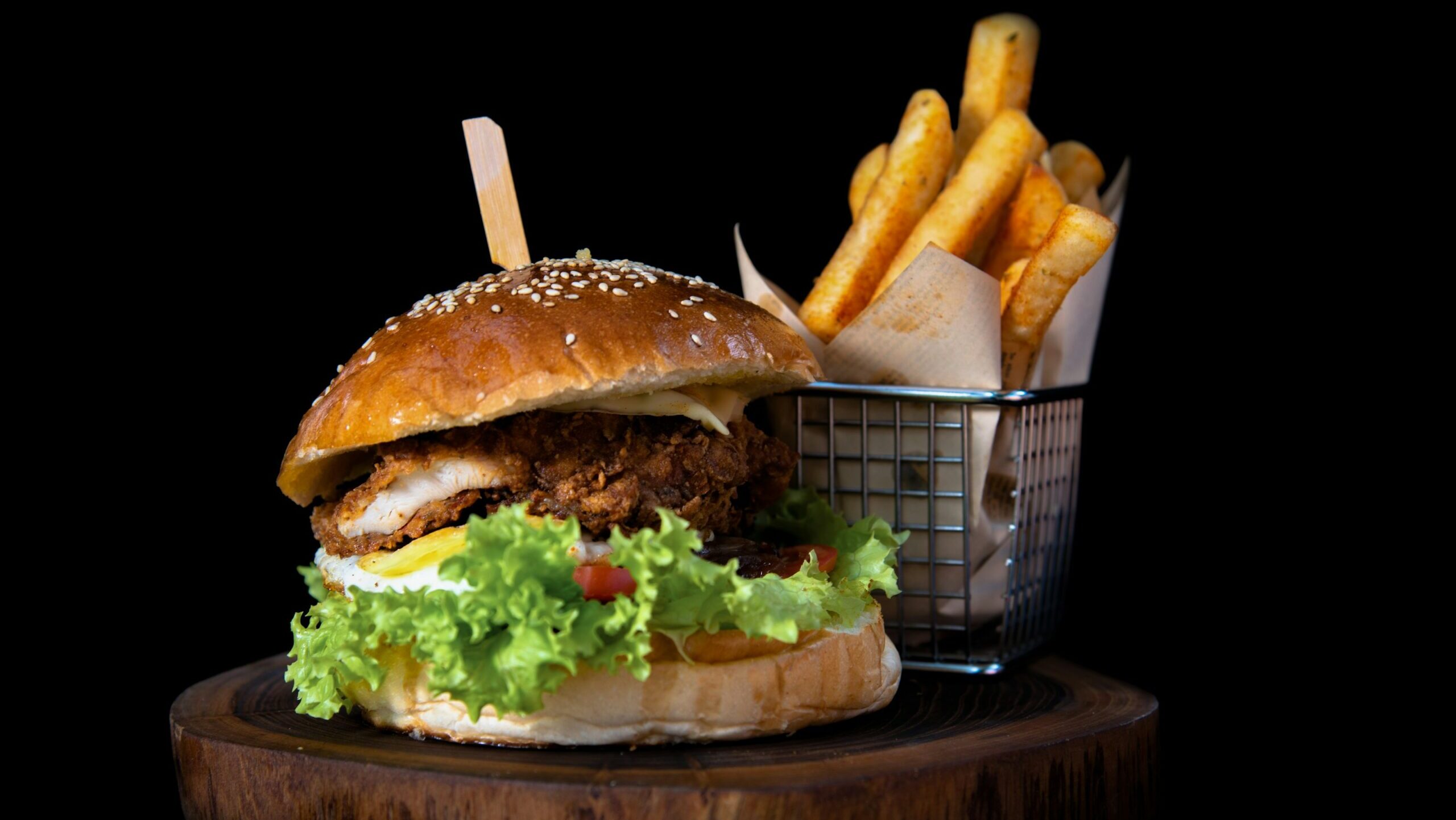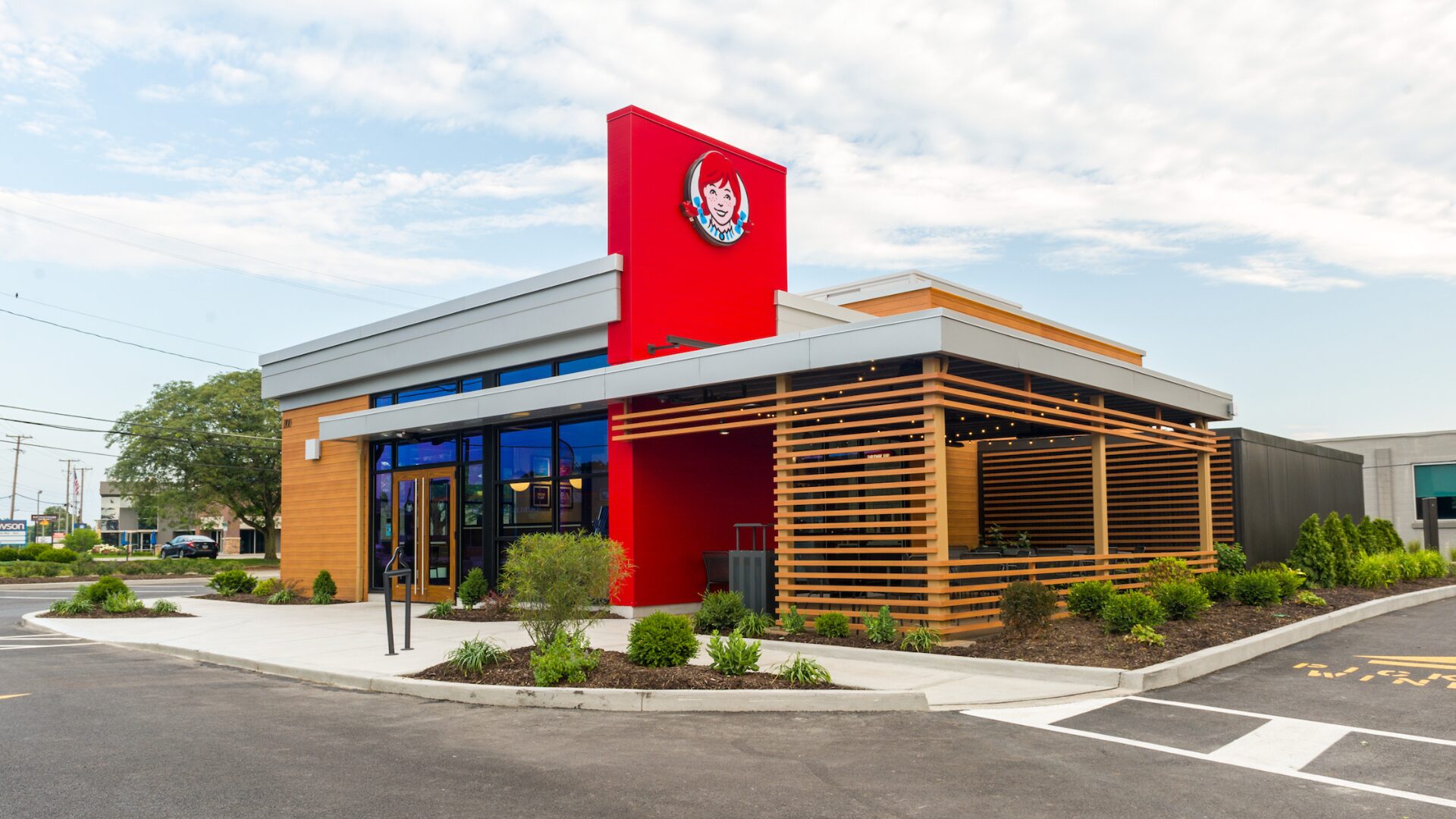Whether spurred by inflation-weary consumers looking to cut their food budgets or people taking weight-loss drugs eschewing their usual diet of calorie-laden snacks, retailers and food manufacturers are rolling out deals to try to keep profits from tanking. All of a sudden, value meals are seemingly everywhere.
McDonald’s and Burger King announced $5 meal deals; Wendy’s unveiled a $3 breakfast; Walmart came up with a barbecue package for eight for less than $50; Target said it would cut its prices, and Nestle introduced a line of frozen $5 pizzas and sandwiches targeted at users of Ozempic and Wegovy.
“The immediate profit may not be substantial with discounted items like McDonald’s $5 meal deal, or Walmart’s cookout deal, but these transactions often lead to additional, more profitable purchases,” Nick Drewe, CEO of Wethrift, told The Food Institute.
“If a customer opts for a $5 meal package, there’s a good chance they might also order a dessert or a beverage at regular pricing.”
No sooner had McDonald’s, whose prices have soared in recent months to as much as $18 for a Big Mac meal, announced its $5 meal deal, than Burger King rolled out its own version.
EatThisNotThat reported Burger King would start its promotion sooner and keep it in place for much longer. The McDonald’s Golden Arches deal is set to last for about a month after it begins June 25 while Burger King’s Your Way Meal is expected to be available sooner and last several months.
Wendy’s went for the breakfast crowd with its English muffin sandwiches accompanied by seasoned potatoes. The promotion began May 20 but the company did not say when it would end.
Pavel Naydenov, head of marketing at Businessmap, told FI meal deals are smart short-term strategies and that the lower margins to which they lead can be offset by customer volume and upselling. A side benefit, he said, is increased, longer-term loyalty.
“Interestingly, customer behavior showcases an inclination toward add-on purchases when initially attracted by such sales drivers, which indicates a probable rise in more profitable purchases,” Naydenov said.
Michael Sawyer, operations director for UltimateKilimanjaro, said though such deals may get customers to walk through the door, they’re not the ultimate marketing strategy.
“Offering deals is a great marketing tool, but in my opinion, they should only be used weekly (and every couple of months) if financially feasible, not as an entire sales strategy,” Sawyer said, adding, “If a vendor chooses to run specific promotions, I recommend centering them around yearly seasons and holidays, creating an incentive for specific customers (such as loyalty programs) to receive better deals than those available to the general public, and hosting large discount programs for one week at a time to create a sense of urgency that compels the public to pay attention.”
EatingWell reported Walmart’s deal totals $6 per person and includes hotdogs, buns, condiments, baked beans, potato salad, fruit, sweet corn, chips, soda, frozen treats and cookies.
Target is going one better, cutting prices on some 5,000 items, including milk, meat and eggs.
“We know consumers are feeling pressured to make the most of their budget,” said Rick Gomez, executive VP and chief food, essentials and beauty officer at Target.
At Nestle, officials told Reuters the company had been working on foods aimed at people taking weight-loss drugs for some time and will begin distributing the first batch in October under the brand name Vital Pursuit.
The Vital Pursuit products will reportedly contain more protein, iron and calcium than most of the company’s other offerings.
“We moved real fast on this,” said Tom Moe, president of Nestle USA’s meal division.
The Food Institute Podcast
How are foodservice consumers contending with persistent inflation? Are they eating more at home, for example, or continuing to treat themselves at their favorite restaurants? The latest episode of The Food Institute Podcast examines that topic with Krystle Mobayeni of BentoBox, who dissected rapidly evolving consumer dining dynamics.










